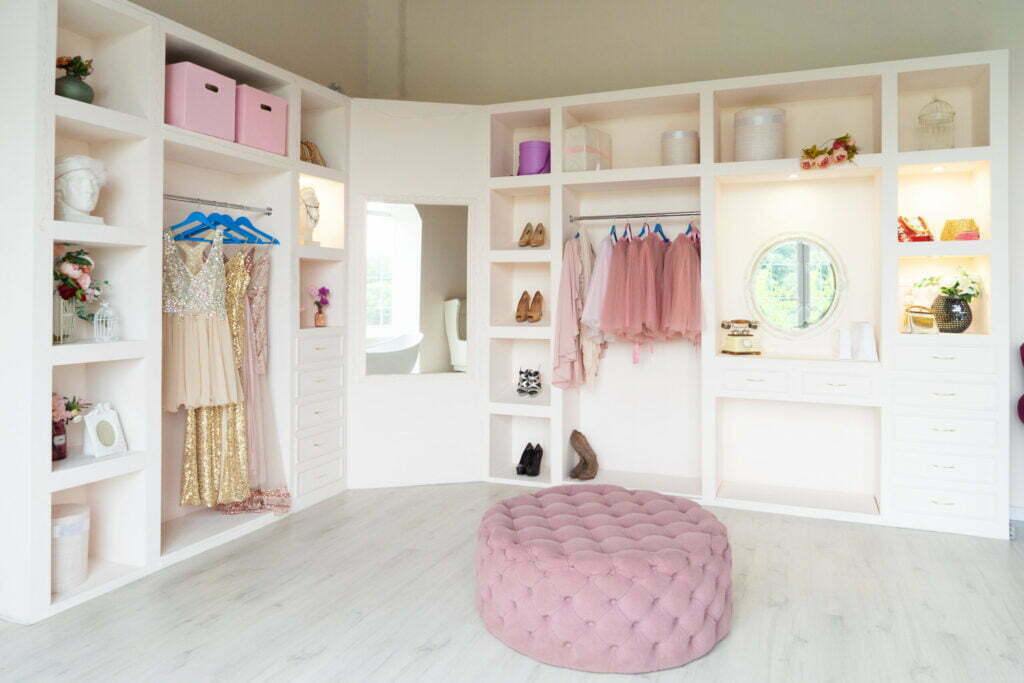Did you know the diamond became the popular jewel of choice thanks to a marketing campaign? That’s right: back in the 1940s, jewelry a single jewelry manufacturer and producer, De Beers, convinced almost the entire world that diamonds are the best way to say “I love you” to your spouse. It’s because of this arbitrary marketing campaign that hopeful folks looking to propose to their sweetheart will pay at least two months’ salary on a diamond. It’s also because of this scheme that blood diamonds and violence have become one of the most egregious problems of the 20th and 21st centuries.
Nowadays, most people have begun opening their eyes to the reality of diamonds. Those looking to get engaged are considering alternative jewel options, like rubies and sapphires. Some have shirked giving a ring altogether. Still, more have begun to look at lab grown diamonds as a viable alternative to the expensive mineral we’ve grown to love.
Do you know about the countless benefits of lab grown diamonds? Here’s the scoop on why this trend is quickly becoming the wave of the future:
The Price
The supply is affected by the demand: ever since De Beers convinced us that we need to spend thousands upon thousands of dollars for a pretty rock, the cost of the diamond has continued to rise. As such, retailers are able to charge high costs for diamonds mined the traditional way.
Lab grown diamonds, on the other hand, are far cheaper than diamonds that are mined in other countries. This is because they lack the complex machinery, large staffs, and difficult labor associated with the diamond. Because they have the same chemical and physical makeup as mined diamonds that occur naturally, most experts cannot even tell the difference. In an interview with the Guardian, lab grown diamond producer, Clean Origin, claims to be able to sell a diamond worth millions of dollars at a fraction of the price.
The Ethics
The term “blood diamonds” refers to the blood-shed and violence experienced in the countries, primarily Africa, that produce diamonds. They might also be referred to as “conflict diamonds” since conflict is exactly what they create. Between some groups trying to illegally obtain diamonds and terrorist groups forcing people to work mining diamonds, there’s no doubt that the controversy surrounding diamond production runs deep.
Now that this information is readily available to consumers, it’s started to shift how we view diamonds as a whole. Yes, they’re pretty stones that signify love. But consumers have begun to realize that the true cost of buying a diamond comes at more of a price than just the number on the tag.
As such, more people are shifting their focus to ethically-grown diamonds produced in a laboratory. Since these diamonds are nearly identical—and sometimes better—than the quality of mined diamonds, they have resulted in rising interest for those who love the look but not the suffering behind it.
Additionally, diamond mining results in adverse climate changes because of the fuel and machinery used to mine for the diamonds. At the end of the day, diamond mining can be seen as a morally corrupt industry by human rights activists and climate change activists alike.
The Industry
When retailers work with companies that grow diamonds in a lab, the communication process is streamlined. This is because the labs growing the diamonds don’t have to jump through a million hoops like traditional diamond mining. The lab simply sells the diamonds to the jewelry manufacturer or straight to the retailer. This not only helps the price, as mentioned above, but it enables streamlined business practices across the board.
Lab grown diamonds have the potential to change society in many ways. It all starts with changing the minds of the consumers to get this industry off the ground—and out of the mines.










